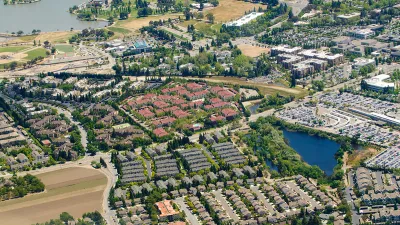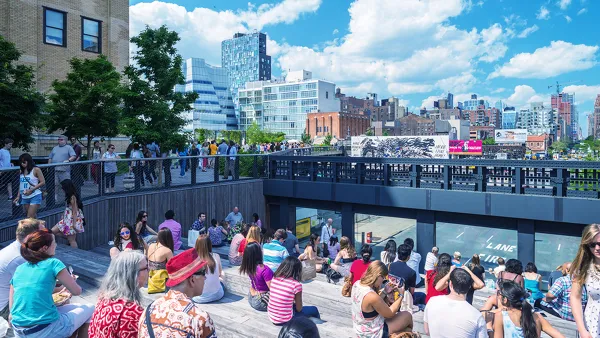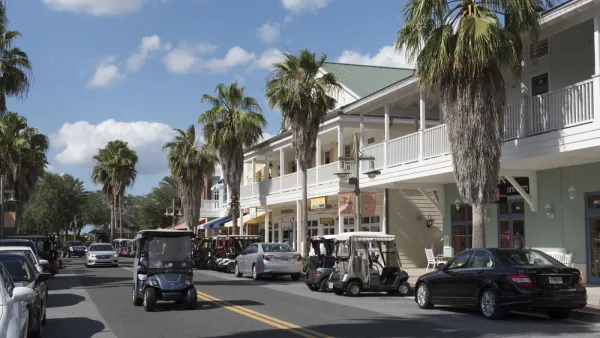The "back to the city" movement of the past decade or so could prove to be the outlier, as Census data shows population growth slowing in the biggest cities while suburban areas lead population growth in more metropolitan areas.

William H. Frey writes:
As we approach the end of the 2010s, the biggest cities in the United States are experiencing slower growth or population losses, according to new census estimates. The combination of city growth declines and higher suburban growth suggests that the “back to the city” trend seen at the beginning of the decade has reversed.
Frey provides plenty of specificity about which large cities are showing slowing growth (e.g., Boston, San Francisco, Dallas) and which large cities are shrinking (e.g., Chicago, New York City, and San Jose). "In some respects, New York epitomizes the reversal from beginning of the decade city magnetism," according to Frey. Large cities showing an uptick in growth are in the vast minority, according to Frey, but they include Sacramento, Tucson, and Henderson.
A consequence of the decline of big city growth, according to Frey, is the return of suburbanization:
In 2011-2012, city growth exceeded suburb growth in 19 of the 34 Sun Belt metros, and in eight of the 19 Snow Belt metros. However, in 2017-18 the city growth advantage appeared in just nine Sun Belt metros and two Snow Belt metros. Among these 11 areas that still registered city growth advantages are: Los Angeles, Washington, D.C., San Francisco, Denver, and Boston.
As for why this return to historic settlement patterns is underway, Frey only offers a very speculative sentence: it's "perhaps propelled by young adult millennials who may be finally departing dense urban cores as they make a delayed entrance into marriage and the housing market."
FULL STORY: Big city growth stalls further, as the suburbs make a comeback

National Parks Layoffs Will Cause Communities to Lose Billions
Thousands of essential park workers were laid off this week, just before the busy spring break season.

Retro-silient?: America’s First “Eco-burb,” The Woodlands Turns 50
A master-planned community north of Houston offers lessons on green infrastructure and resilient design, but falls short of its founder’s lofty affordability and walkability goals.

Delivering for America Plan Will Downgrade Mail Service in at Least 49.5 Percent of Zip Codes
Republican and Democrat lawmakers criticize the plan for its disproportionate negative impact on rural communities.

Test News Post 1
This is a summary

Test News Headline 46
Test for the image on the front page.

Balancing Bombs and Butterflies: How the National Guard Protects a Rare Species
The National Guard at Fort Indiantown Gap uses GIS technology and land management strategies to balance military training with conservation efforts, ensuring the survival of the rare eastern regal fritillary butterfly.
Urban Design for Planners 1: Software Tools
This six-course series explores essential urban design concepts using open source software and equips planners with the tools they need to participate fully in the urban design process.
Planning for Universal Design
Learn the tools for implementing Universal Design in planning regulations.
EMC Planning Group, Inc.
Planetizen
Planetizen
Mpact (formerly Rail~Volution)
Great Falls Development Authority, Inc.
HUDs Office of Policy Development and Research
NYU Wagner Graduate School of Public Service





























